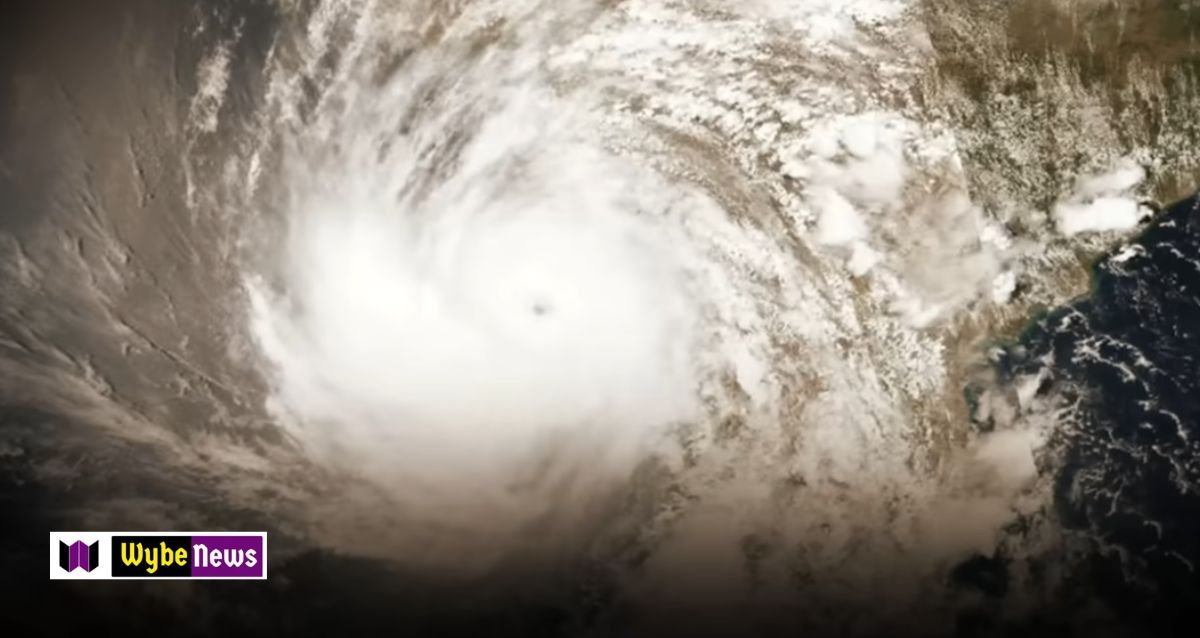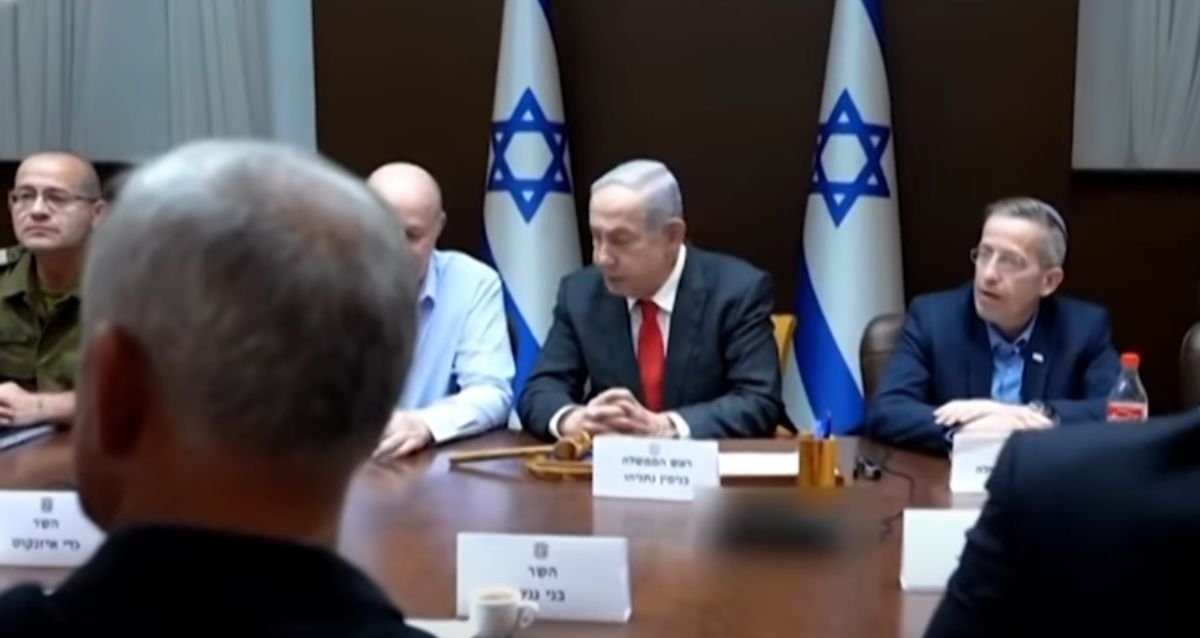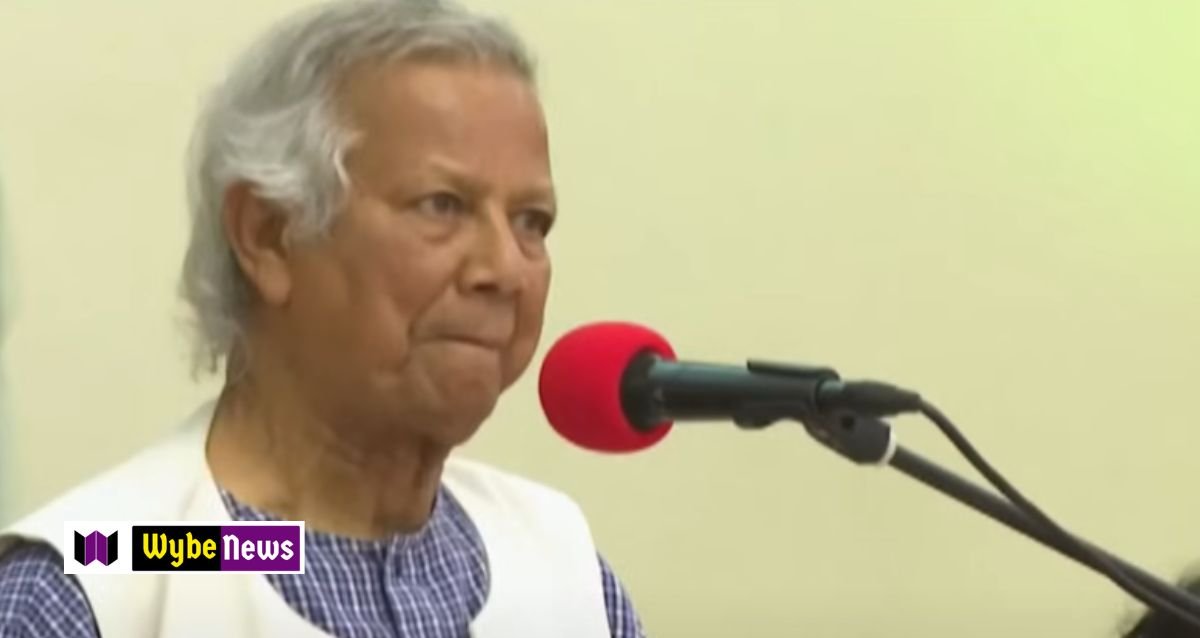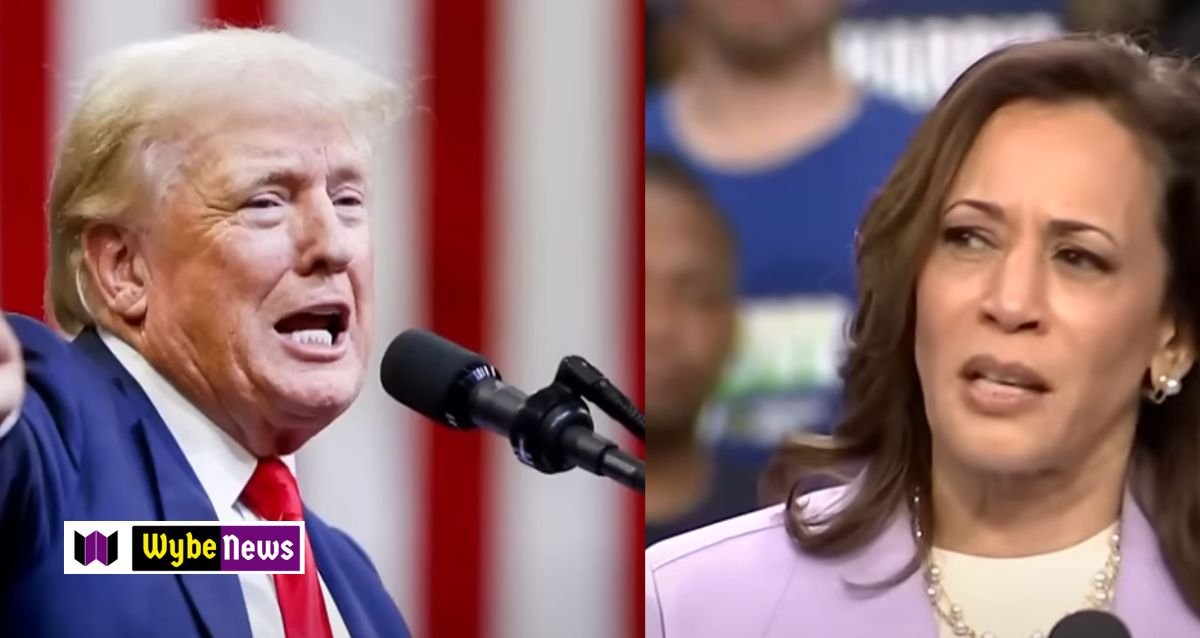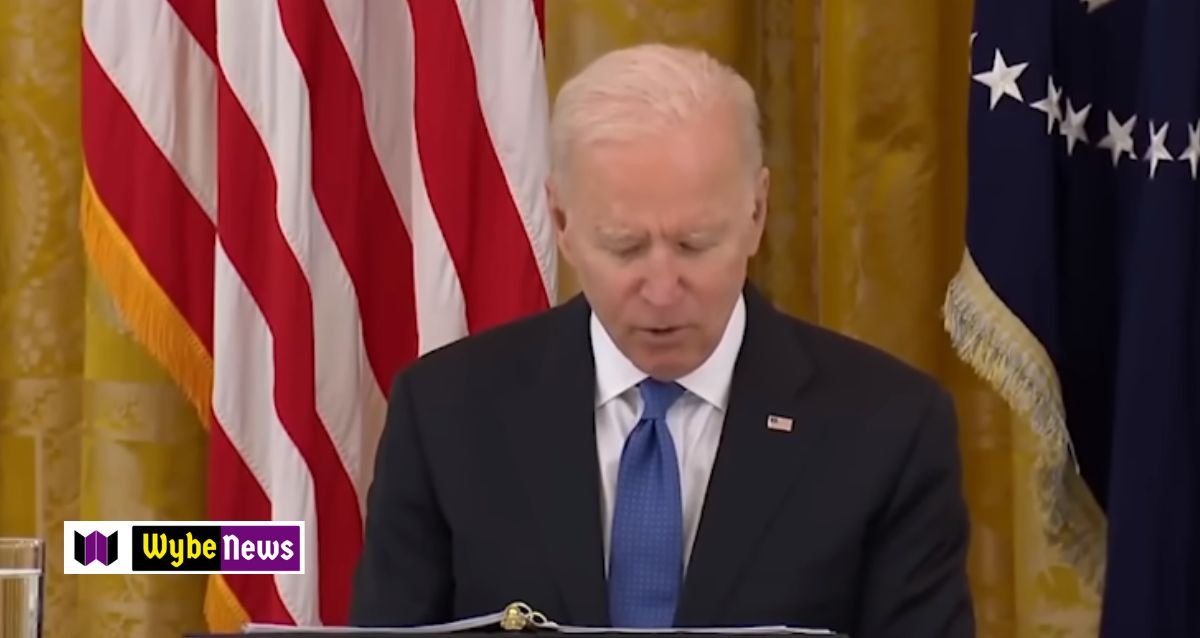US Secretary of State Antony Blinken Highlights Urgency of Iran’s Nuclear Breakout Time
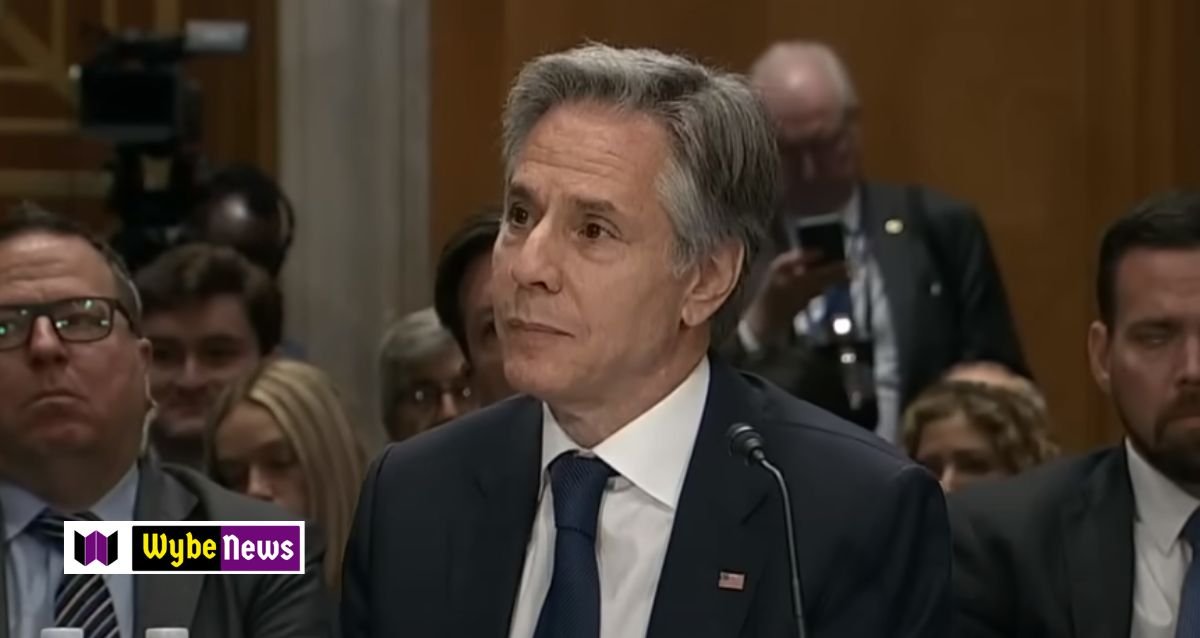
The concept of ‘breakout time’ is crucial in understanding the current status of Iran’s nuclear program. ‘Breakout time’ refers to the period required for a nation to produce enough weapons-grade material to manufacture a nuclear weapon. According to US Secretary of State Antony Blinken, Iran’s breakout time has now shrunk dramatically, raising significant concerns on the international stage. Speaking at the Aspen Security Forum, Blinken highlighted that Iran could achieve this capability in just one or two weeks, an estimate that underscores the urgency of the situation.
This current assessment marks the shortest breakout time ever referenced by US officials. The reduction in breakout time is alarming, as it indicates Iran’s significant advancements in its nuclear capabilities. The international community, particularly the United States, is closely monitoring these developments to prevent any escalation that could destabilize the region further. Blinken’s statement has reignited discussions about the effectiveness of diplomatic efforts and sanctions aimed at curbing Iran’s nuclear ambitions.
The Iranian nuclear program has been a focal point of global security concerns for years. Various international agreements, like the Joint Comprehensive Plan of Action (JCPOA), were established to extend Iran’s breakout time and ensure transparency in its nuclear activities. However, recent events suggest that these measures may not be sufficient to counteract Iran’s swift progress. Blinken’s remarks underscore the need for renewed diplomatic engagement and possibly more stringent controls to mitigate the risks associated with Iran’s nuclear advancements.
The implications of such a short breakout time are far-reaching. It not only challenges the current non-proliferation framework but also necessitates an urgent response from global powers to address the potential threat. The international community must consider both the technical and political dimensions of this issue to formulate an effective strategy to prevent Iran from acquiring a nuclear weapon.
Historical Context and Recent Developments
The Joint Comprehensive Plan of Action (JCPOA), commonly referred to as the Iran nuclear deal, was established in 2015 between Iran and the P5+1 countries (the United States, United Kingdom, France, Russia, China, and Germany). This landmark agreement aimed to limit Iran’s nuclear capabilities in exchange for relief from economic sanctions. The deal was designed to extend Iran’s nuclear breakout time—the period it would take for Iran to accumulate enough fissile material for a nuclear weapon—to at least one year.
In 2018, the Trump administration withdrew the United States from the JCPOA, citing concerns about the deal’s effectiveness and Iran’s regional activities. The withdrawal led to the reimposition of stringent economic sanctions on Iran, which, in turn, began to scale back its commitments under the agreement. This series of events significantly reduced the nuclear breakout time, raising international alarm about the potential for nuclear proliferation in the Middle East.
Upon taking office, the Biden administration sought to revive the JCPOA through indirect negotiations with Iran, facilitated by European Union intermediaries. These negotiations aimed to bring both parties back into compliance with the original terms of the deal. Despite several rounds of talks, these efforts ultimately collapsed in late 2022, with both sides unable to reach a consensus on critical issues such as the lifting of sanctions and verification mechanisms.
In recent months, Iran has taken significant steps to increase its production of fissile material, enriching uranium to levels that bring it closer to weapons-grade purity. These actions have further shortened the nuclear breakout time, intensifying the urgency for diplomatic solutions. The international community, particularly the United States, continues to express deep concern over Iran’s nuclear advancements and the broader implications for regional and global security.
US Policy and Diplomatic Efforts
The United States has consistently articulated a clear and resolute policy aimed at preventing Iran from acquiring a nuclear weapon. Secretary of State Antony Blinken has underscored this objective, emphasizing that the preferred method to achieve this goal is through diplomatic channels. However, the path to diplomacy has grown increasingly complex due to Iran’s recent escalatory actions, which have raised significant concerns on the international stage.
In addressing these challenges, the Biden administration has firmly stated that a return to the Joint Comprehensive Plan of Action (JCPOA) is no longer a viable option. This stance is rooted in several key factors. Firstly, the geopolitical landscape has shifted considerably since the JCPOA was originally implemented, and Iran’s uranium enrichment activities have advanced beyond the thresholds established by the agreement. Secondly, there is a broader consensus among US allies and partners that the original framework of the JCPOA is insufficient to address the current scope of Iran’s nuclear ambitions and regional activities.
The US policy, therefore, seeks to leverage a combination of diplomatic pressure and international cooperation to curb Iran’s nuclear program. This includes working closely with allies in Europe, the Middle East, and beyond to ensure a unified and robust response to Iran’s nuclear activities. Additionally, the United States continues to engage in direct and indirect dialogue with Iran, aiming to negotiate a comprehensive and enforceable agreement that addresses not only nuclear proliferation but also Iran’s missile programs and regional behavior.
Despite the preference for diplomacy, the US remains prepared to employ additional measures should diplomatic efforts fail to yield the desired results. This multi-faceted approach underscores the urgency and complexity of the situation, highlighting the need for a concerted and strategic effort to prevent Iran from obtaining a nuclear weapon, thereby ensuring regional and global security.
Future Outlook and Potential Scenarios
The future of Iran’s nuclear program remains a critical concern for the international community, with numerous potential scenarios unfolding in the coming years. US officials have expressed varying degrees of skepticism regarding the likelihood of any substantial policy shifts under Iran’s new administration, particularly in light of the recent presidential election. This skepticism is rooted in the understanding that Iran’s Supreme Leader, Ayatollah Ali Khamenei, holds the ultimate authority over the country’s nuclear policy and strategic direction.
Given this centralized authority, the international community faces significant challenges in predicting and influencing Iran’s actions. The US and its allies continue to emphasize the importance of diplomatic engagement, aiming to re-enter or renegotiate the Joint Comprehensive Plan of Action (JCPOA). However, there is a prevailing sentiment among US officials that Iran may not be willing to make the necessary concessions without substantial pressure. This has led to discussions on enhancing economic sanctions or considering more robust measures to deter Iran’s nuclear ambitions.
One potential scenario involves a renewed diplomatic effort, where the US and its allies work towards a comprehensive agreement that addresses not only Iran’s nuclear program but also its regional activities and ballistic missile development. This approach would require significant international cooperation and a willingness from Iran to engage in good-faith negotiations. Alternatively, a more pessimistic scenario could see increased tensions and potential military confrontations, should diplomatic efforts fail to yield satisfactory results.
In the face of these challenges, the international community must remain vigilant and proactive. The role of multilateral organizations, such as the United Nations and the International Atomic Energy Agency (IAEA), will be crucial in monitoring and verifying Iran’s compliance with any agreements. Additionally, the US and its allies may need to explore innovative strategies that combine diplomatic pressure with incentives, aiming to achieve a sustainable resolution to this complex issue.
Ultimately, the path forward will depend on the willingness of all parties to engage constructively and find common ground. While the future remains uncertain, the urgency of addressing Iran’s nuclear breakout time underscores the need for continued vigilance and strategic foresight.

